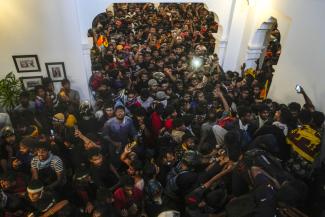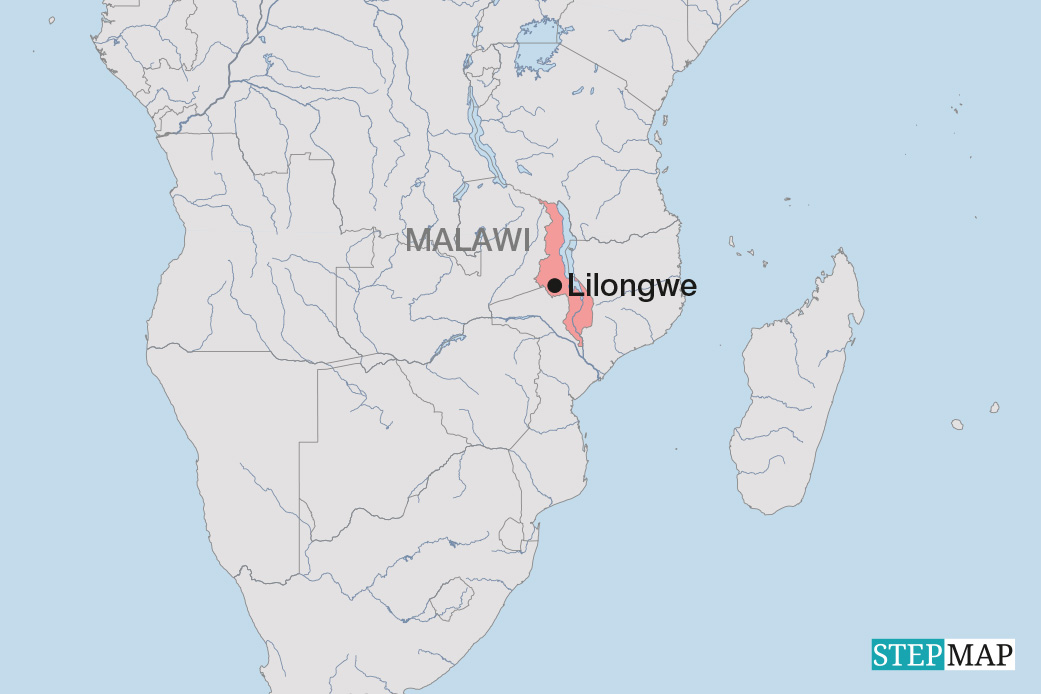Tourism
Why tourist arrivals in Sri Lanka peaked in 2018

In 2019, bombs went off on Easter Sunday in three hotels and three churches in Sri Lanka. The Islamist terror attacks killed 260 people. Sri Lanka felt ripped out of a ten-year period of relative peace since the end of the civil war between the Liberation Tigers of Tamil Eelam (LTTE) and government forces. One consequence of the bombings was that the number of tourist arrivals declined from their peak in 2018.
Things are more complicated than it seemed at the time. Evidence is now emerging that although the attacks were carried out by Islamic extremists, the bombing was masterminded by government intelligence operatives. The goal was to create a fear psychosis to help get Gotabaya Rajapaksa, who denies such allegations, elected to the presidency.
Things got much worse because of Covid-19, of course. In 2021, the number of foreign visitors declined by 92 % to a mere 200,000. Gloom and doom spread in the industry. Hotels and resorts stopped operating, leaving thousands of staff unemployed. The livelihoods of those providing ancillary services, for instance in souvenir shops and smaller eateries, were hit too. A few hotels close to Colombo’s international airport were repurposed as quarantine centres for international travellers.
Sovereign debt default
Compounding the suffering, the government became unable to service its debts, went into default and triggered a traumatising financial crisis in 2022. Part of the problem was the dwindling of foreign-exchange revenues, including from the tourism sector. The lack of forex reserves meant that it became impossible to import essential goods such as food and fuel. Sri Lankans became used to lining up for many hours and all too often in vain – in the hope of getting goods.
The default proved that the government had taken excessive loans and invested the money poorly, and the Rajapaksa clan, which had dominated the political system for many years, lost their grip on power. In view of mass protests, President Gotabaya Rajapaksa fled the country. Parliament elected a replacement in veteran politician and former Prime Minister Ranil Wickremesinghe. To steady the ship, Wickremesinghe sought support from the International Monetary Fund (IMF). The bail out, however, went along with a harsh reform agenda. The good news is that it also proved to be a turning point.
The mere fact that the IMF was willing to provide fresh money to Sri Lanka was a reassuring factor. Tourists began to trickle back to the country. The Hotels Association of Sri Lanka hailed the president’s success in securing IMF funding as a first step towards restoring economic stability. Its top leader, M. Shanthikumar, said: “The news of the IMF funding will, to a large extent, negate the perception created by the extensive publicity given by local and foreign media during the crisis period which impacted the recovery of tourism post the pandemic.” He was right.
Arjuna Ranawana is a Sri Lankan journalist.
arjuna.ranawana@outlook.com















